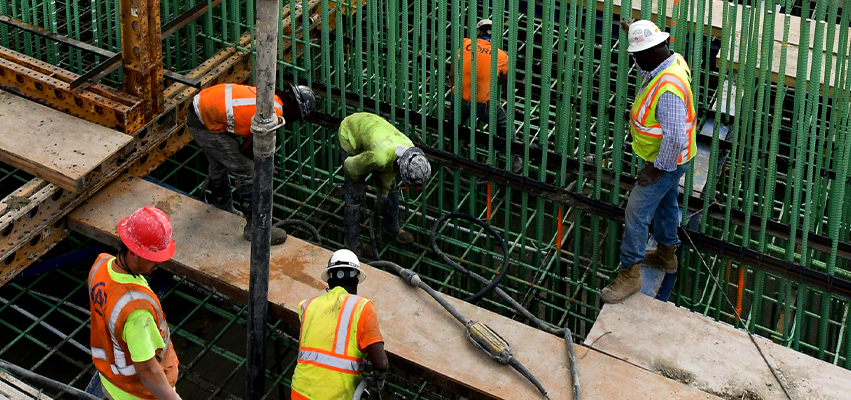Welcome to Peoria Magazine’s Infrastructure and Architecture edition, dedicated to those who first imagine, then build.
Obviously, I chose a profession that allows me to construct with words as my bricks, but if I had it all to do over again, I might have studied architecture. Math was my strongest subject, and I was a daydreamer and doodler. Combine that nuts-and-bolts side with that artistic bent, mix the ingredients in a bowl, and voilà, you have architect soup.
It’s not quite that straightforward, of course, but I’ve always fancied that I approach my work like an architect confronts a structure. Whether writing a story or planning this magazine, it starts with an idea, a concept you sketch out in your head or on paper. Then you lay a foundation, construct a framework – literary walls, windows, wiring, plumbing – fill in the gaps with binding masonry, and finish with a flourish, cupola on top, on time and under budget.
I’m an October baby. This time of year, I always indulge my inner Frank Lloyd Wright, pull my Department 56 Halloween Village from the boxes in the crawl space, and undertake the now-elaborate task of building my own little town. I have my own zoning code – homes here, village green there, City Hall here, factories over there, Downtown somewhere in the middle, all joined by a circular railroad track – and I populate the place with trick-or-treaters and monsters of every variety. It’s a total geek-out. My wife hates — but tolerates — it, the grandsons love it, and the grandkids win.
You might say I was looking forward to this issue. I’m biased, but I think there are some really interesting stories lurking within.
We write about the construction of the eastbound span of the McClugage Bridge, a multi-year, monumental piece of work that if you stood it up on one end, would rise 335 stories – far and away making it the world’s tallest skyscraper.
We explore the nooks and crannies of The Knolls subdivision in Peoria, at nearly 100 years old still among the most beautiful, distinctive, masterfully planned neighborhoods in central Illinois, for my money. We knew how to build communities that last and that people want to live in, once upon a time.
We talk with Omer Osman, the face of infrastructure in this state as the first Peorian and first person of color to serve as secretary of the Illinois Department of Transportation.
We convene a panel of local architects to pick a top 10 of prominent buildings in central Illinois, while posing the fundamental question: What does a community’s architecture say about its aspirations? Their selections, while subjective, suggest that Peoria was once a city of grand ambition, if more than a century ago.
Here I point east to Columbus, Indiana, a community of 50,000 four-hours drive from Peoria, which has received national attention and praise as the “Athens of the Prairie.” Community leaders there, with a nudge from local corporate benefactor and engine-maker Cummins, Inc., sought out the planet’s most renowned architects — Eero Saarinen (St. Louis’ Gateway Arch), I.M. Pei (Paris’ Grand Louvre), Cesar Pelli (Petronas Towers), Robert Venturi, Richard Meier, etc. – to design temples of religion, government, education and business.
Columbus proves that you don’t have to be Chicago to dream and build big and enjoy the fruits thereof. Why not Peoria?
This month’s theme dovetails perfectly with this magazine’s mission to recognize and remind the locals what is special about this place we call home, and to help raise the bar for our collective future.
Enjoy!






